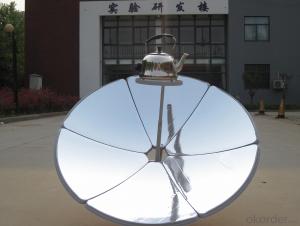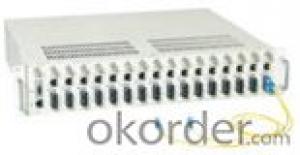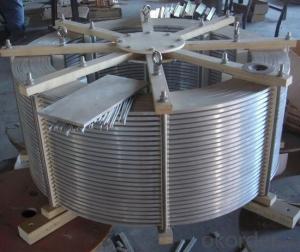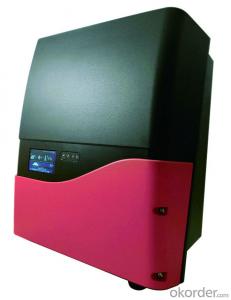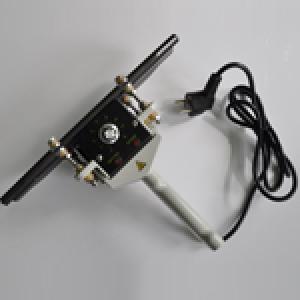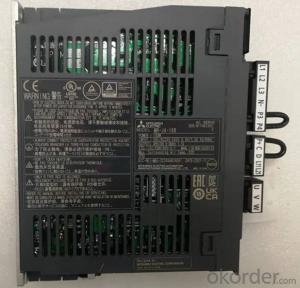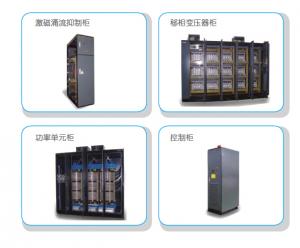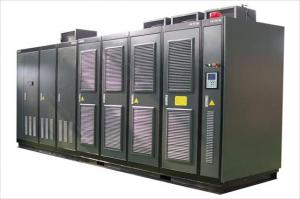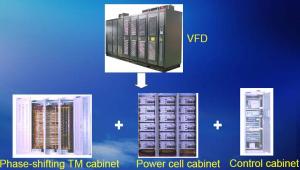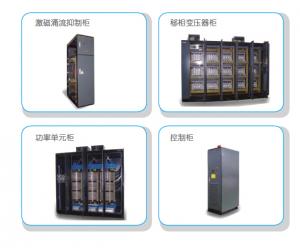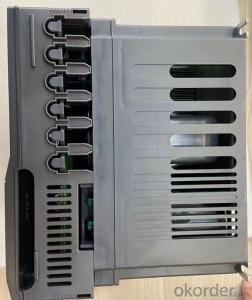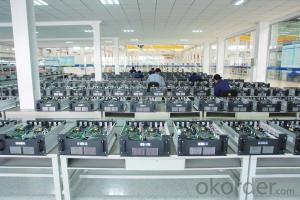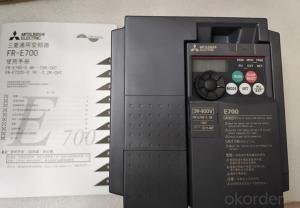Aurora Solar Inverter
Aurora Solar Inverter Related Searches
Aurora Solar Power Inverter Aurora Solar Panel Inverter Aurora Solar Inverter Price Aurora Solar Inverter Warranty Aurora Solar Inverter Manual Orion Solar Inverter Inverter Solar Solar Solar Inverter Aurora Solar Inverter Riso Low Alpha Solar Inverter Apollo Solar Inverter Solaris Solar Inverter Solar System Inverter Austrian Solar Inverter Solar Energy Inverter Inverter Solar System Power Solar Inverter Solar House Inverter Power Inverter Solar Sun Solar Inverter Solar Home Inverter Inverter Solar Hybrid Solar Smart Inverter Inverter Hybrid Solar Solar Light Inverter Solar Converter Inverter Inverter Power Solar Solar Power Inverter System Tesla Solar Inverter Solar Inverter SystemAurora Solar Inverter Supplier & Manufacturer from China
Aurora Solar Inverter is a product that plays a crucial role in converting solar energy into usable electrical power for residential and commercial applications. This advanced inverter technology is designed to optimize the performance of solar panels, ensuring maximum energy output and efficiency. The product is engineered to handle various solar panel configurations and is compatible with a wide range of systems, making it a versatile choice for different energy needs.The Aurora Solar Inverter is widely used in various scenarios, such as residential rooftop installations, commercial buildings, and off-grid applications. It is particularly beneficial in areas with limited access to traditional power sources, providing a reliable and sustainable alternative. The inverter's user-friendly interface and smart features make it easy to monitor and manage solar energy production, ensuring optimal performance and cost savings.
Okorder.com is a reputable wholesale supplier of the Aurora Solar Inverter, boasting a large inventory to cater to the growing demand for solar energy solutions. As a trusted source for high-quality solar products, Okorder.com offers competitive prices and reliable service, ensuring that customers receive the best value for their investment. By partnering with Okorder.com, customers can be confident in the quality and performance of their Aurora Solar Inverter, knowing that they are backed by a strong and supportive supplier.
Hot Products













